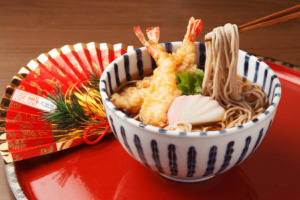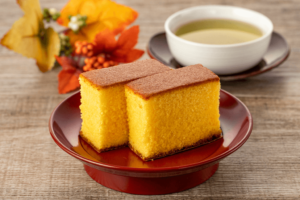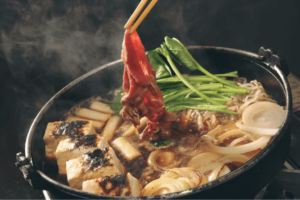
Toshikoshi Soba: Wonderful for the New Year
When it comes to Japanese traditions around this time of year, most people think of osechi and kagami mochi. Did you also know that the Japanese eat soba on New Year’s Eve? Let’s take a look at this delicious tradition!














